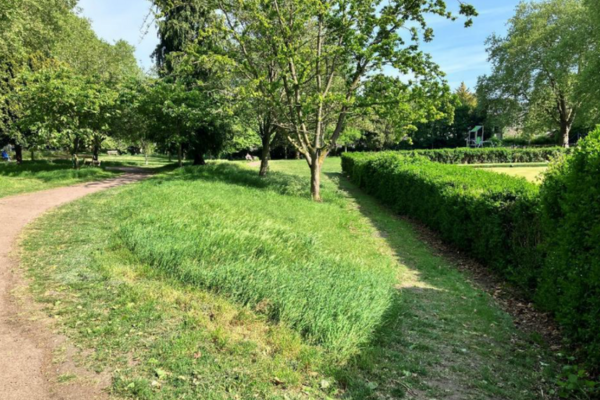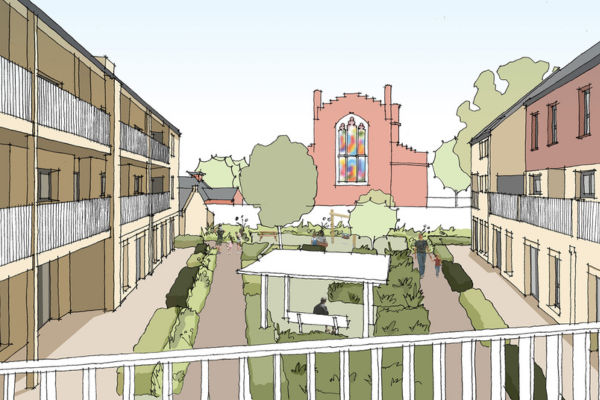You should apply for a proposed lawful development certificate to establish whether a proposed use of buildings or other land, or some operations proposed to be carried out in, on, over, or under land, would be lawful without formal planning permission.
Requirements
The list below details supporting documents that you might need to submit as part of your application. Refer to each section to determine what you need to submit.
Application form
The application form is available on the Planning Portal. To access it, sign in, select ‘start new application’, then select the desired application.
When required
Always required.
A completed form is always required (one copy of all application documents must be supplied if submitted by post).
What is required
Please ensure that you have completed every section of the application form before submitting. Where sections or questions are not relevant please state this on the form.
Source, policies and references
National validation requirement.
Ownership certificates
When required
Always required (part of application form).
What is required
The relevant certificate must be completed, signed and dated (part of application form). Only one certificate should be completed.
- Certificate A should be completed if the applicant is the sole owner of the land to which the application relates or holds an unexpired lease with a term of 7 or more years remaining.
- Certificate B should be completed if the applicant is not the sole owner but knows the names and addresses of all the other owners.
- The notice to owners [PDF] must also be completed and sent to all known owners.
- A copy of the notice must be sent with the application to the local authority.
- Certificate C should be completed if the applicant does not own all of the land to which the application relates and does not know the name and address of all of the owners.
- The notice to owners [PDF] must be completed and sent to all known owners.
- Where the owner is unknown the notice to unknown owners [PDF] needs to be published in a local newspaper.
- A copy of the notice must be sent with the application to the local authority.
- Certificate D should be completed if the applicant does not own all of the land to which the application relates and does not know the names and addresses of the owners.
- The notice to unknown owners [PDF] needs to be published in a local newspaper.
- A copy of the notice must be sent with the application to the local authority.
Fee
When required
This is always required, unless covered by an exemption.
Common exemptions
- is for alterations, extensions etc. to a dwelling house for the benefit of a registered disabled person (please provide evidence from the DWP that the applicant is registered as being disabled);
What is required
Current national fees can be found on the Planning Portal.
- How to calculate fees
- Planning Portal's fee calculator
- Guidance: GOV.UK: Fees for planning applications
Source, policies and references
National validation requirement.
Location plan
When required
Always required.
What is required
This must be an up-to-date Ordnance Survey-based location plan at an appropriate scale, usually 1:1250 or 1:2500. In the case of large sites other scales may be appropriate.
The plan must show:
- At least two named roads and all surrounding buildings or land (unless this would require a plan greater than a scale of 1:2500)
- The application site (the whole planning unit)
- A north point
- The scale clearly identified
The plan used should:
- Show OS Crown copyright
- Not to be copied from existing OS mapping, if using hand drawn maps such as standard streets
- Show the correct licence number if you wish to print or copy maps for applications
The application site boundary must be edged clearly with a red line. It should include all land necessary to carry out the proposed development – for example, land required for access to the site from a public highway, visibility splays, landscape, car parking and open areas around the building. A blue line should be drawn around any other land owned by the applicant, close to or adjoining the application site.
Source, policies and references
National validation requirement.
Supporting statement
When required
Optional.
What is required
Details of why in the opinion of the applicant the proposed development is 'permitted development' under the Town and Country Planning (General Permitted Development) (England) Order 2015 (as amended).
Interpretation and guidance notes
For example where the development involves a dormer window please state:
- which part of the General Permitted Development Order is being used e.g. Schedule 2 Class B - additions etc to the roof of a dwellinghouse or Class C - other alterations to the roof of a dwellinghouse.
- Proposed cubic volume of the dormer
- Finishing materials to be used



